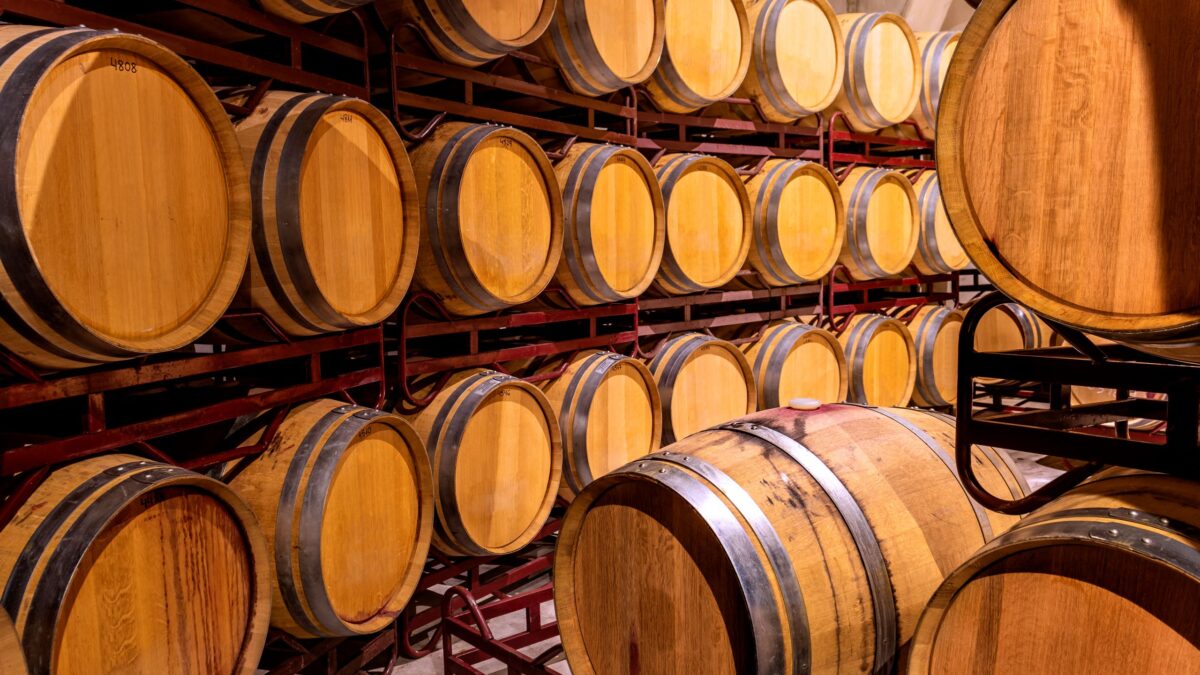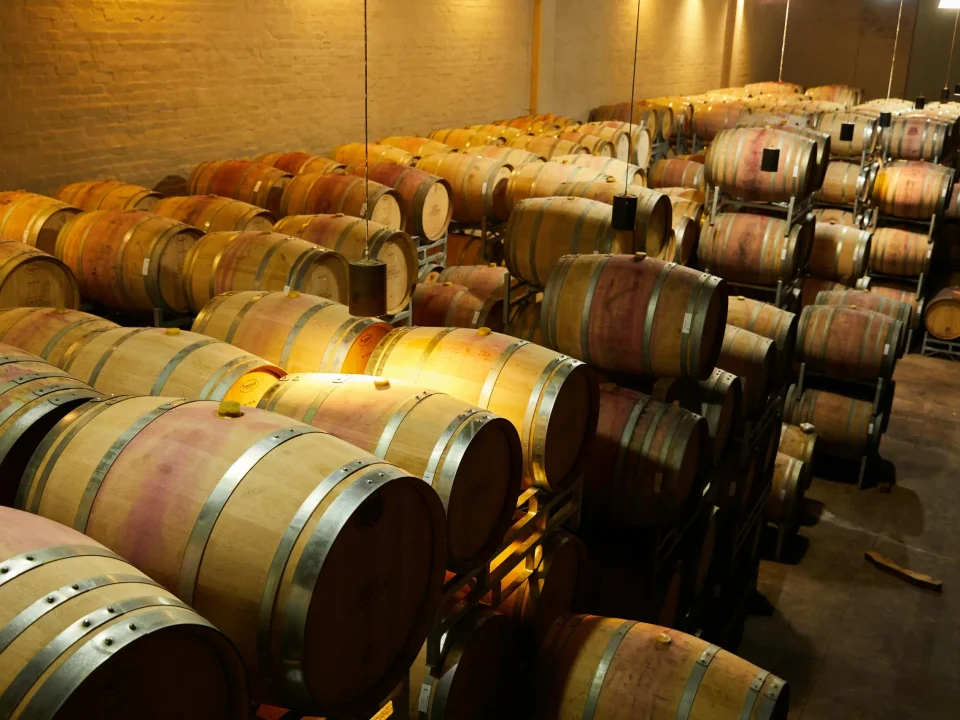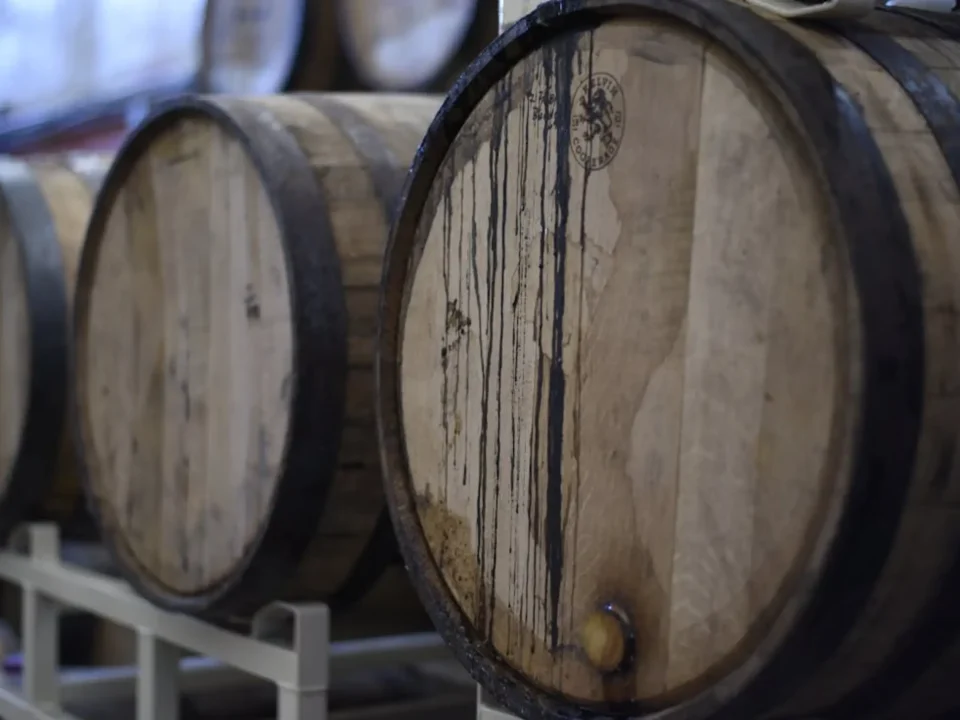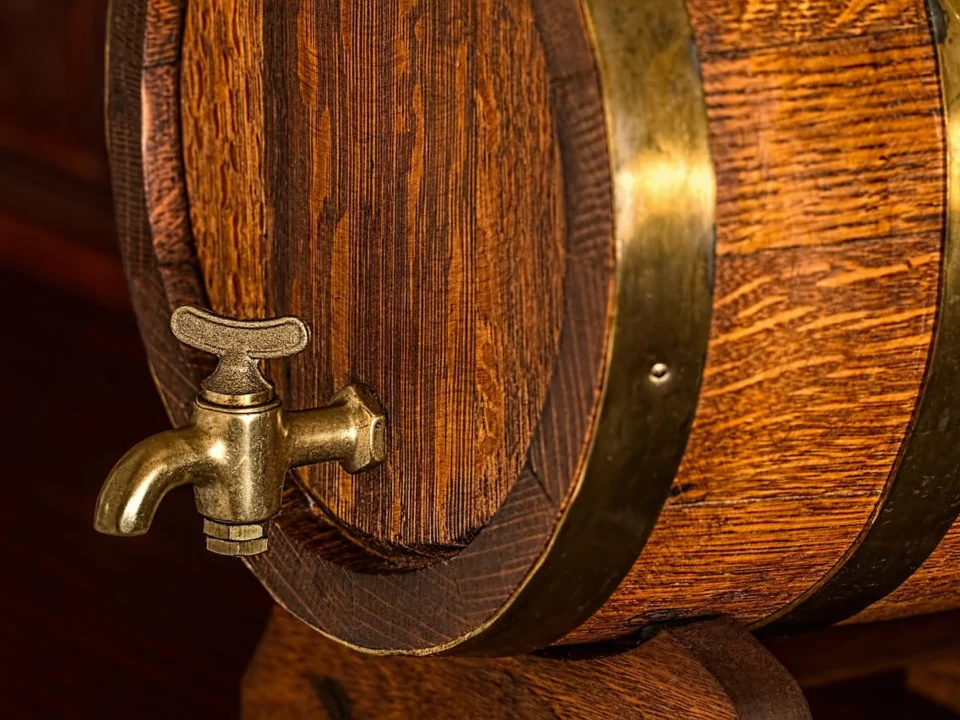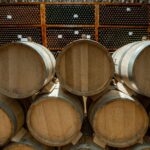
Barrel-fermented Wines: Unveiling the Unique Characteristics
March 1, 2024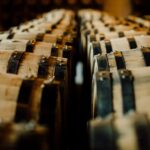
From Bourbon to Beer: The Versatility of Used Whiskey Barrels in Brewing
March 4, 2024As centuries have passed, the art and science of winemaking have undergone significant transformations. This has led to the introduction of novel approaches and technological developments that enhance the complexity and taste profile of wines. The use of barrels is one of the traditional methods that has captured the interest of wine connoisseurs, and they are intrigued about another method. The detailed process of aging wine in wooden barrels, mainly oak, results in distinct aromas, fragrances, and textures. Speak with a barrel specialist at Rocky Mountain Barrel Company to learn more.
In this article, we will look at the chemistry of barrel aging and solve the mysteries that transform a simple grape juice into a beautiful blend.
The Role of Wood in Barrel Aging
One of the most essential components of barrel aging is the wood selection. Oak is ideal for barrels because of its unique chemical makeup and porous nature.
French, American, and Hungarian oaks each contribute unique characteristics to the aging process. Chemicals like lignin, cellulose, and hemicellulose seep into the wine through the wood, retaining the magic within. These substances, together with other tannins, are essential in shaping the structure and ageability of the wine.
The wine and wood combine to create a delicious combination. The toast, caramel, and vanilla notes from the wood barrel meld flawlessly with the fruit notes of the grapes. Wine and wood engage in a subtle balance and dance, providing complexity and depth to the finished product. The wood, more than just a vessel for the wine, actively participates in the brewing process, thanks to the meticulous craftsmanship of coopers who shape the barrels. For more information, get in touch with Rocky Mountain Barrel Company.
Read also: Tips For Finding The Perfect Wooden Barrels
Chemical Reactions during Barrel Aging
Removal of Compounds
Wine extracts different components from the barrel through its interaction with the wood. Wine’s structure and age-ability depend on the tannins—lignin, cellulose, and hemicellulose—found in wood.
Micro-oxygenation
Oak’s porous quality permits oxygen to seep into the wine slowly. Complex flavors and aromas emerge from the development of controlled oxidation, which also softens tannins. Red wine maturation depends on this process of microoxygenation.
Oak lactones and vanillin
The vanillin component—which gives vanilla flavors—is liberated from the oak barrel aging. Oak lactones also add coconut and sweet spices aromas to the wine’s bouquet. Visit Rocky Mountain Barrel Company to discover their excellent oak barrels and enhance your wine experience!
Condensation of Phenolic Substances
When wood tannins are present, phenolic chemicals made from grape skins undergo polymerization. This procedure improves the wine’s overall mouthfeel and structure and enhances color stability.
Toasting’s Effect on Barrel Aging
A critical phase in the barrel-making process, toasting adds another level of intricacy to the aging chemistry of the barrel. This method involves exposing the barrel’s inside up to an open flame, which produces a thermal gradient that gives the wood different flavors. The release of aromatic chemicals depends on the toasting level—light, medium, or heavy.
Flavors are delicate after light toasting, bringing forth the subtleties of the wood. Intense toasting imparts strong notes of char, smoke, and roasted coffee, while medium toasting brings out a balanced array of flavors. Coopers are experts at toasting; they meticulously regulate the flame’s intensity and duration to provide the right flavor profile.
Precision is crucial in the toasting process, as coopers aim to enhance the wine’s complexity without overpowering its intrinsic characteristics. The flavors imparted during toasting contribute further depth to the wine’s sensory experience, becoming integral to its personality. Discover how toasting affects barrel aging transformationally with Rocky Mountain Barrel Company – Raise your wine and raise your glass to heaven! Find Out Now!
Microorganisms and Barrel Aging
In addition to chemical interactions, microbes play a role in wine barrel aging due to the porous nature of oak. The slow influx of oxygen into the barrel fosters microbial activity, which has a minor but profound effect on the wine. The microbiological life of the wood includes both bacteria and yeasts, both of which contribute to the development of the wine.
For oak, the transparent nature leads to microoxygenation, which not only lowers toxins but also makes a good setting for good bacteria to grow. These microbes can add secondary fermentation, change the aroma, and improve the overall character of the wine, all of which can add to its complexity.
Microorganisms play an indisputable role in chemical reactions, even though their effects may be more subtle than those of other processes. Barrel aging is a dynamic and ever-evolving process, with each batch gaining a little unpredictability and individuality from the microbial dance within the barrel.
Read also: Barrel Ageing: Easy Steps to Fix Dry or Leaking Barrels!
The Bottom Line
In the big picture of making wine, the science behind aging in barrels tells a timeless and enticing story. Every part of the process, from the careful selection of wood to the complex dance of chemical reactions to the skill of toasting to the impact of microorganisms, shows how well scientists and craftspeople can work together in the world of enology.
Wood and used wine barrels have been together for a long time, and their love story continues to captivate experts and attract brewers into the world where tradition and innovation meet. Raising a glass to the craftsmanship behind the wine celebrates more than just the transformation of grapes into wine; it honors the intricate interplay of microorganisms, the dance of compounds, and the symphony of tastes that collaborate within the barrel. These elements work together to create wines of unparalleled depth and complexity. Tradition and new ideas come together in barrel aging, where the chemistry of wine and wood reveals its age-old secrets, beckoning us to enjoy the rich tapestry of flavors that come from this magical union. Get in touch with Rocky Mountain Barrel Company to learn more about barrel aging!

